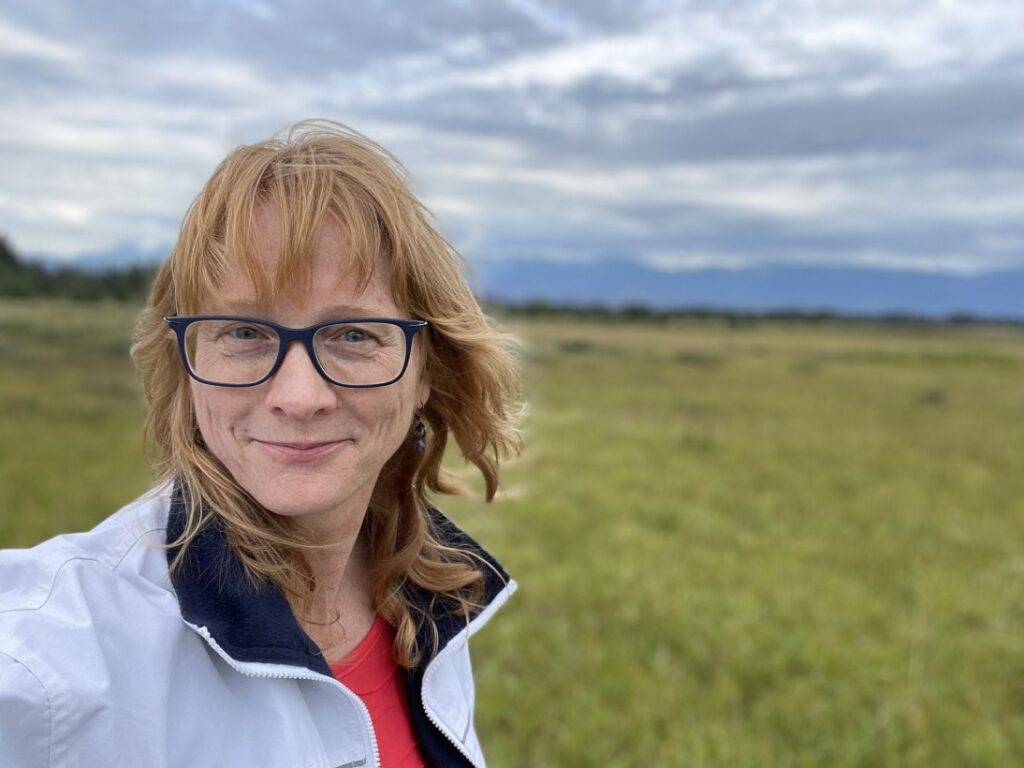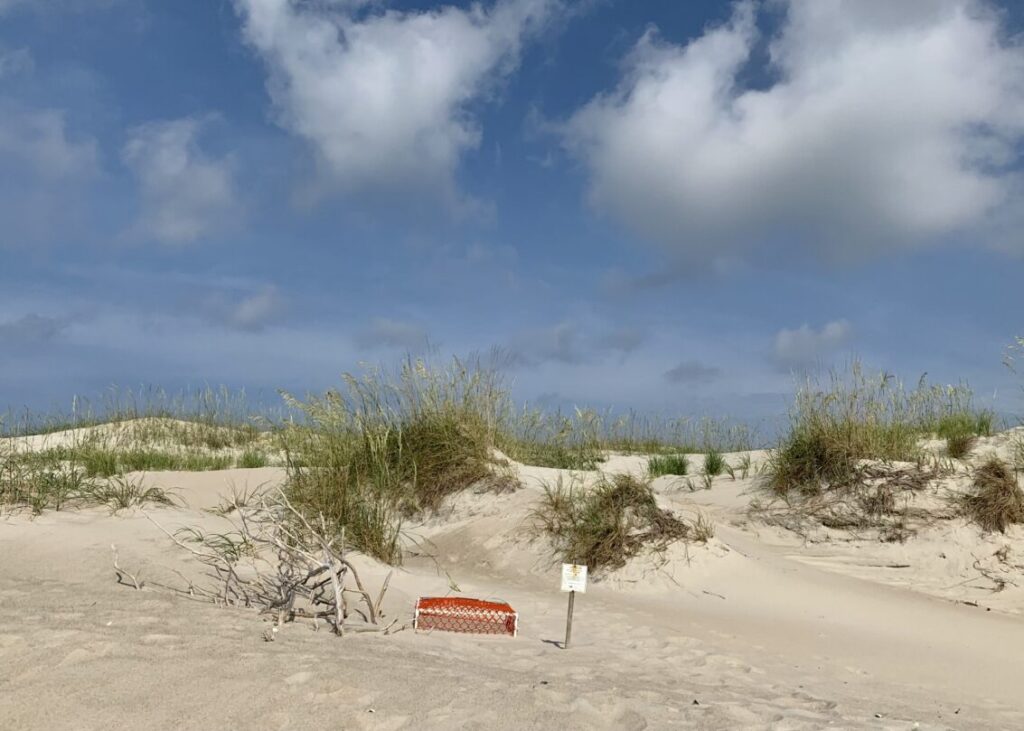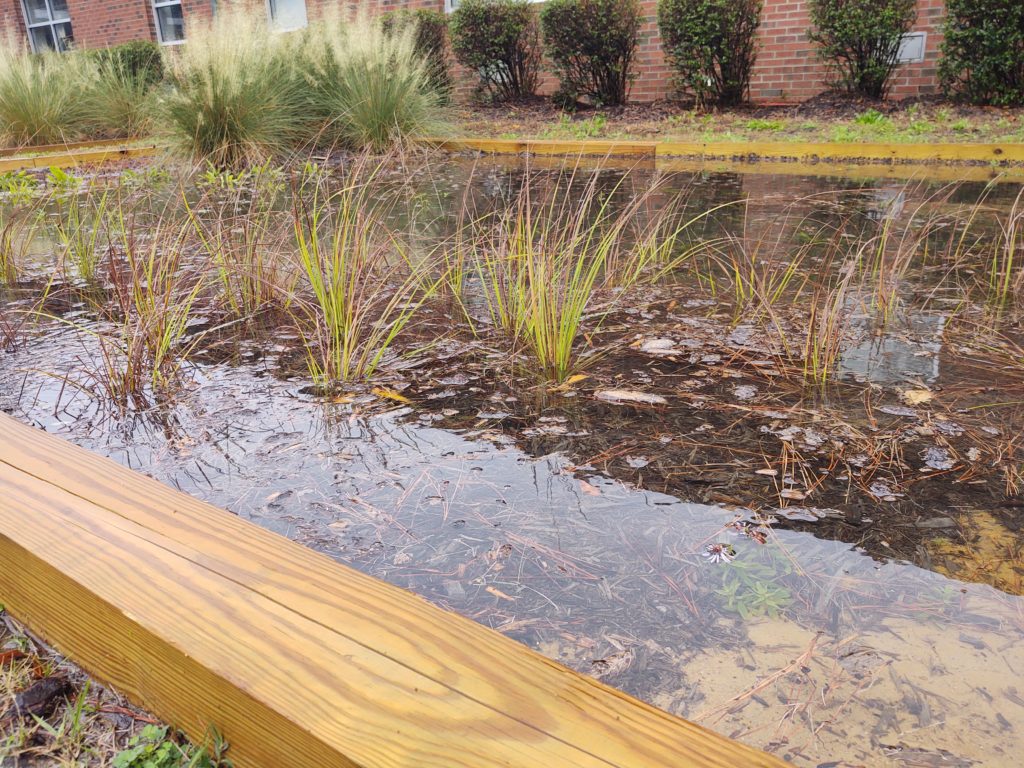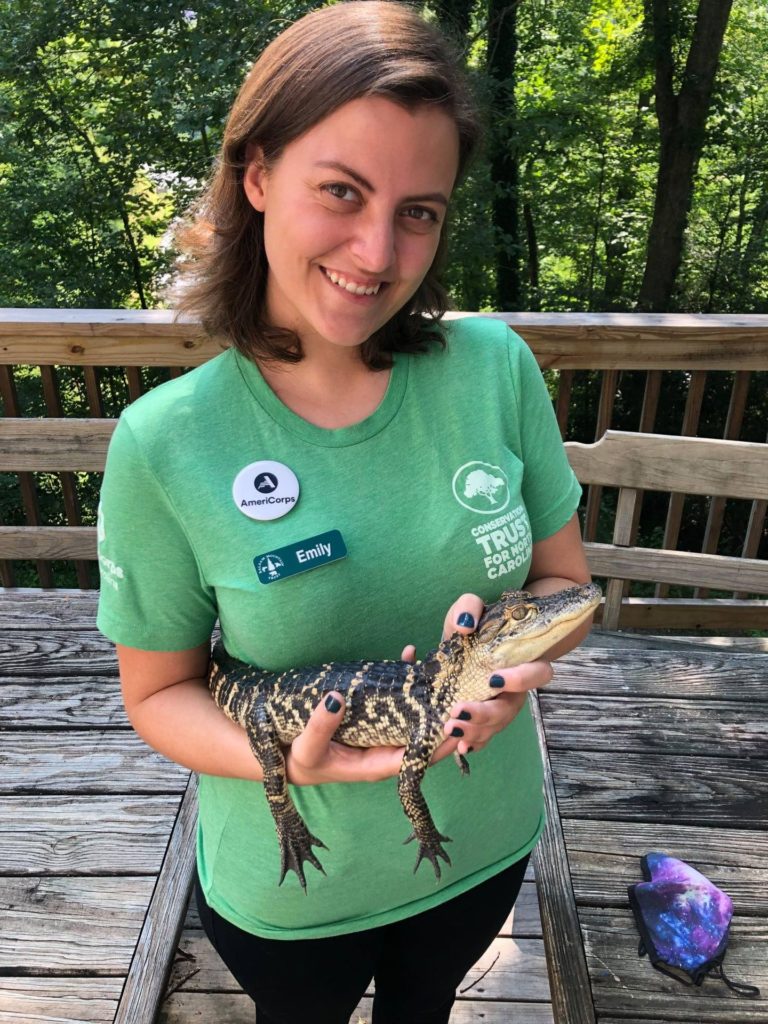Members completed service-based volunteer events to benefit communities across NC
As we reflect on this past Martin Luther King Jr. Day, we would love to share some of the enriching experiences that our Resilience Corps NC AmeriCorps members enjoyed. Each member dedicated the day to volunteering in honor of Dr. King. The active participation of members was present in service projects aligning with the principles championed by Dr. King, with the common goal of enhancing community resilience. The MLK Day of Service contributes to our local communities across the state and provides an opportunity for our members to learn and reflect on the enduring impact of Dr. King’s teachings.
CTNC’s AmeriCorps service members Austin Duncan (Central Pines Regional Council), Rae Cohn (The Hub Farm),Hannah Rhodes (American Rivers), Anna Behnke (CTNC), Lauren Howard (Green River Preserve) and Eli Haines-Eitzen(Eno River Association) spent the day in Durham assisting Urban Community Agronomics. UCAN strives to connect the community with sustainable agriculture to combat food insecurity and provide environmental-based education to visitors. During this day of service, volunteers spread mulch, helped build beds for the greenhouse, reclaimed wood among the property along with many other tasks.
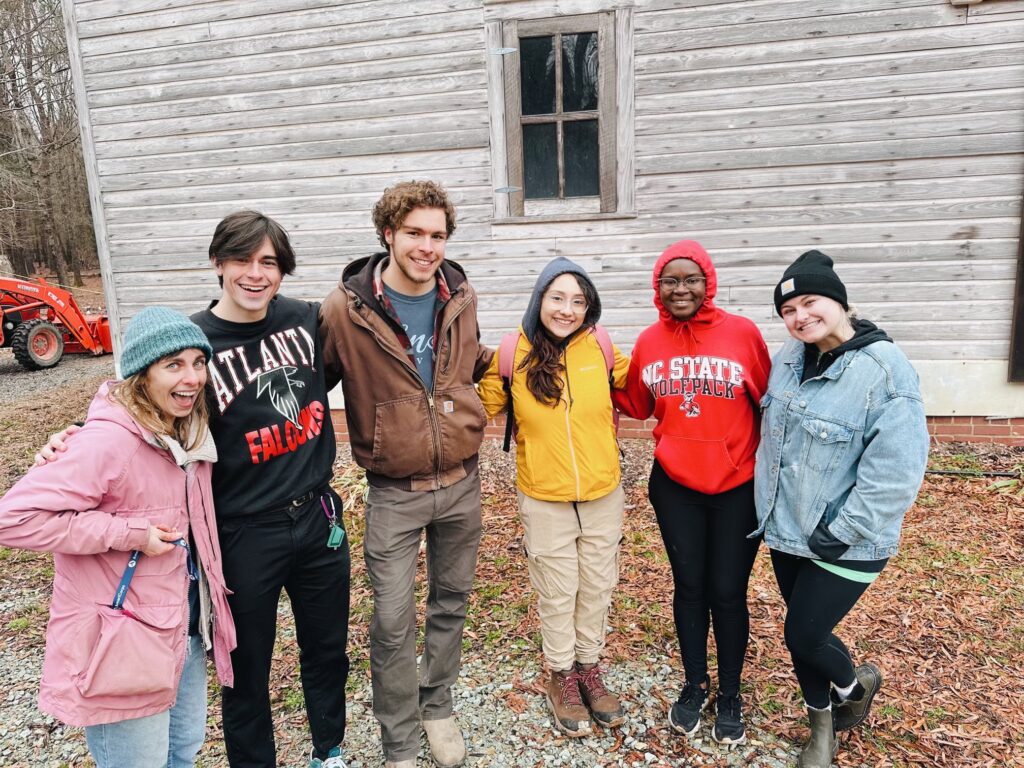


Another member in the Triangle, Ellen Davis (Central Pines Regional Council), spent the day with the repairs program of Habitat for Humanity of Durham. Their group focused on assisting a home impacted by flooding through replacing a waterline. Within their day of service, immense progress was made on an 18” deep trench that will be used with the new waterline.
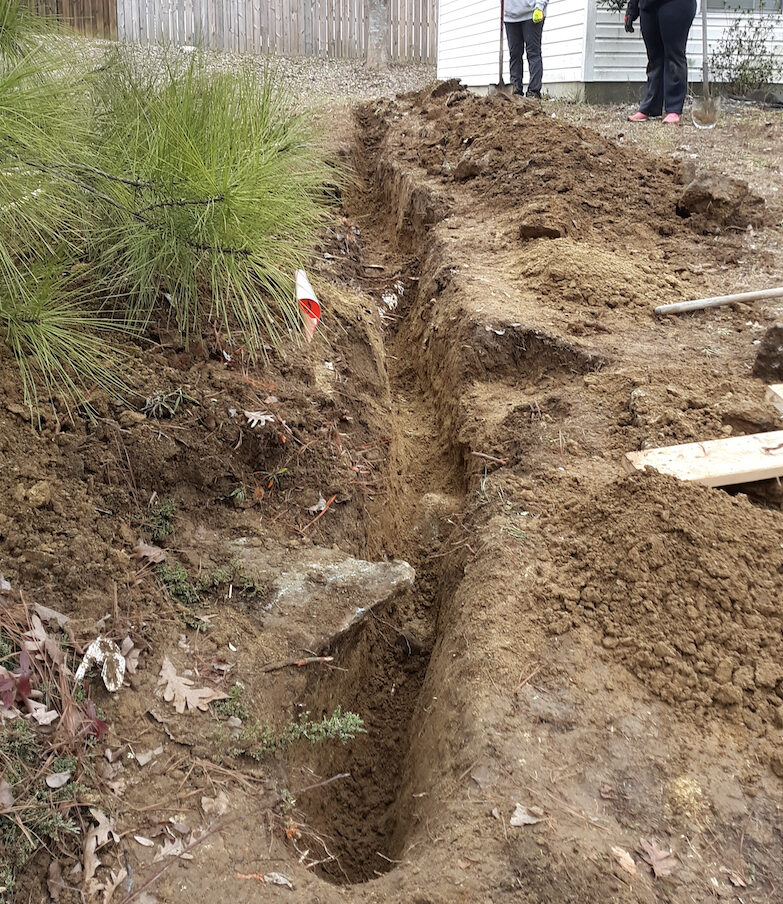
In the Piedmont, Tanya Balaji (Keep Charlotte Beautiful), in partnership with her host site, held four litter cleanup events around the city to commemorate Dr. King. With the help of 82 total volunteers, 97 bags of litter were collected, removing roughly 1940 lbs. of litter from impacting the environmental well-being of the streets of Charlotte.
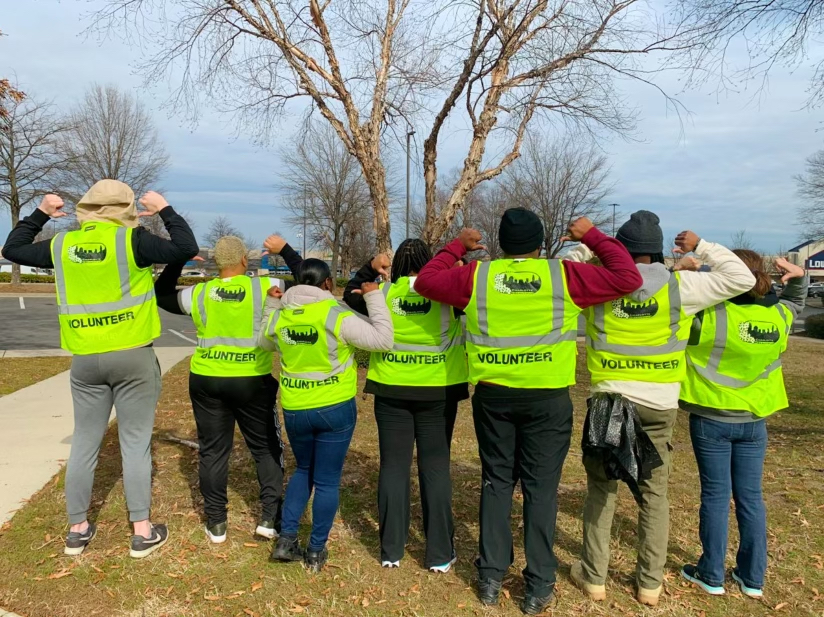
Cindy Rassi (El Futuro) participated in a day of service held by her host site in partnership with Keep Durham Beautiful. They had 29 adults, and 4 children participate in the MLK Clean-up of the Lakewood Plaza and a Storytime Reading of “Todo el Mundo Cabe Aqui” (“All Are Welcome” in English) for the children. During this day of service, 43 bags of waste, 27bags of recycling items, 1 mattress, 4 tires, and metal scrap were collected by the volunteers.
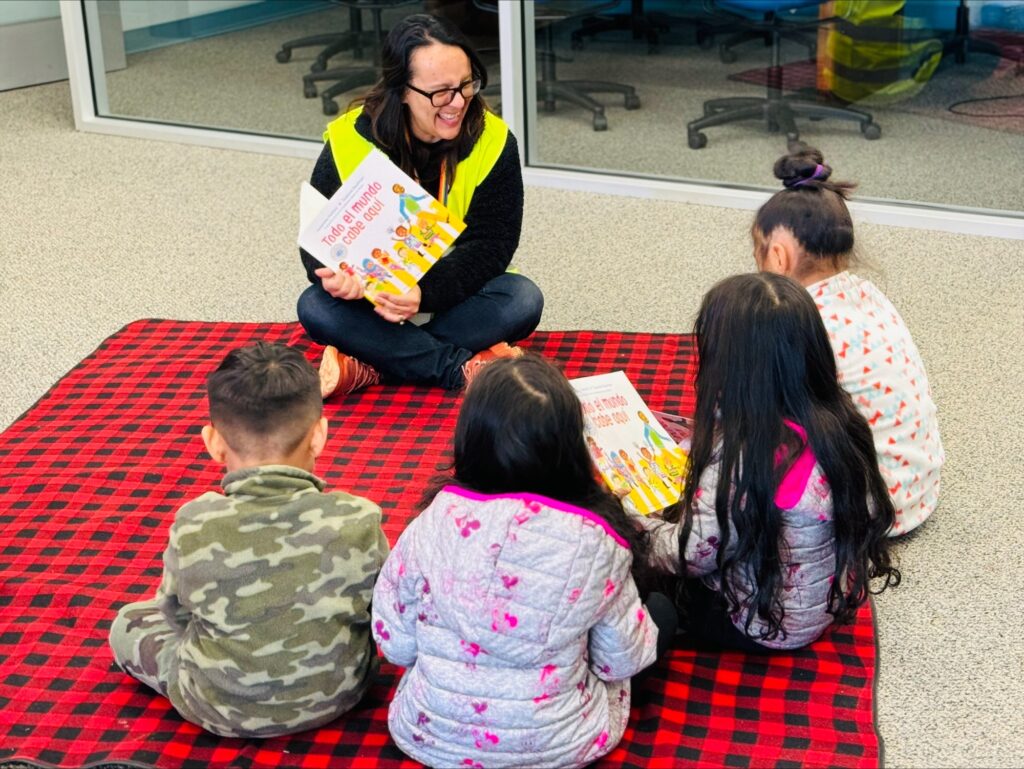
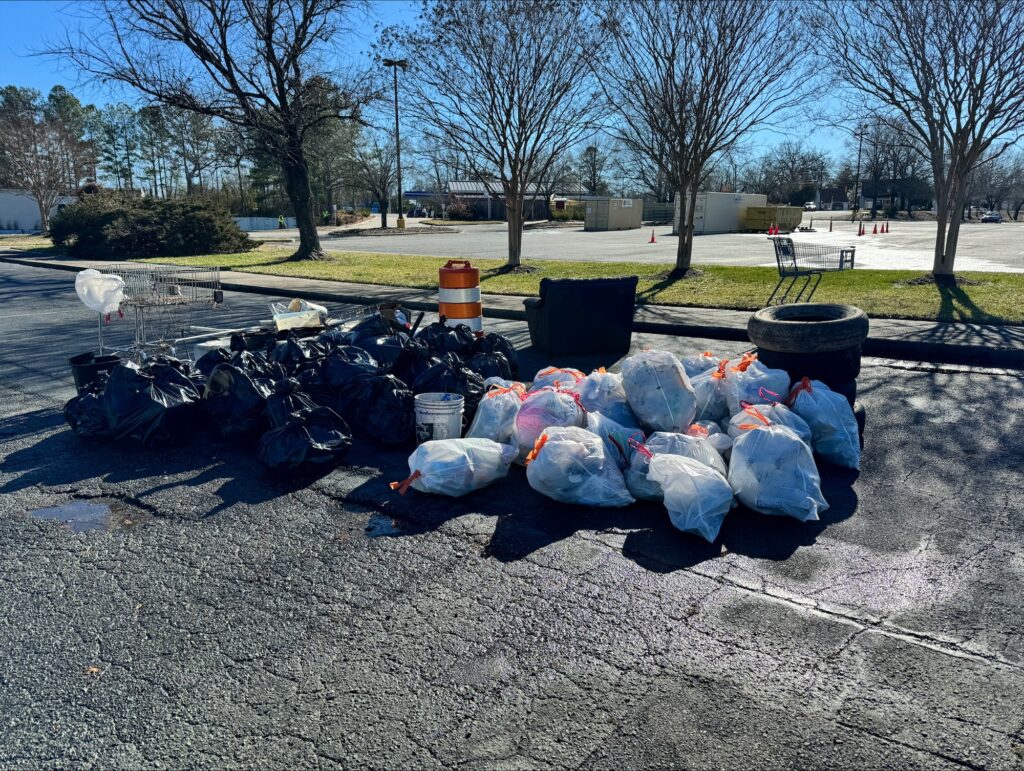
In Henderson, member Charlie Robinette (Kerr Tar Regional Council of Governments) joined ACTS of Henderson (Area Christians Together in Service) in a food distribution event. Charlie helped prepare and hand out the warm lunches to members of the community.

In Western NC, member Jessica Blackburn (Highlands-Cashiers Land Trust) joined HCLT staff and volunteers on a litter clean-up at Sunset Rock, one of HCLT’s most populous hiking spots. The event showed how simple it can be to gather and provide service to your community while being a steward for the environment.
Along the coast of North Carolina, Lauren Waibel and Jordan Pilcher (North Carolina Coastal Land Trust) spent their day cleaning up and removing litter from a local park in Wilmington. They collected trash from Maides Park and Maides Cemetery, a historic African-American Cemetery with graves dating back to the 19th century.
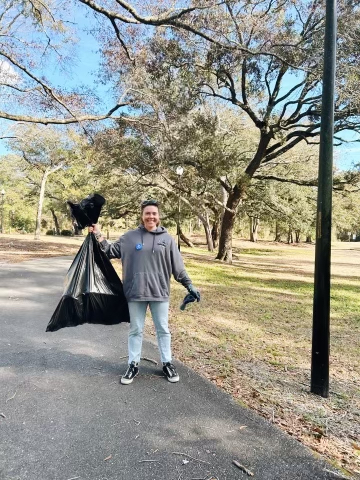
As we remember Martin Luther King, it is also essential that we remember the dedication he had to his mission of liberating and uniting all people. To accomplish our mission, we too must dedicate our services to changes we wish to have in the world.



